Orbea semota var. orientalis DP8914
Scientific name: Orbea semota var. orientalis
Common names: DP8914, Eastern Star Orbea, Starfish Plant, Starfish Flowers, Carrion Flowers.
Natural habitat: Native to East Africa, the Orbea semota var. orientalis is accustomed to dry, well-drained soils typical of semi-arid environments.
Flowers: The succulent features star-shaped flowers in a rich burgundy hue, typically about 1 to 1.5 inches (2.5 to 3.8 centimeters) in diameter, adding an element of exotic beauty to its surroundings.
Stems: The green stems of this plant can grow up to 3 to 4 inches (7.6 to 10.2 centimeters) tall and are characterized by small, sharp spines that contribute to its intriguing texture and form.
$5.50
Orbea semota var. orientalis brings a dramatic flair to any succulent display with its deep burgundy flowers that offer a striking contrast to the lush green stems. This variety is perfect for those who appreciate plants with a bold presence and require minimal upkeep, making it an excellent addition to any indoor plant collection or as a unique gift for plant enthusiasts.
We sell all Stapeliads as unrooted cuttings – a bunch of 3 stems each minimum 4 inches (10 cm).
General Care for Stapeliads
Stapeliads are a unique group of succulent plants known for their striking flowers and interesting forms. They belong to the Apocynaceae family and are mostly native to Africa, with some species found in Asia and the Middle East. Here’s a general guide to caring for Stapeliads:
- Lighting: Stapeliads thrive in bright, indirect light. Direct sunlight can be harmful, especially during the hottest parts of the day. A partially shaded spot is ideal.
- Watering: These plants require moderate watering. Allow the soil to completely dry out between waterings. Over-watering can lead to root rot, so it’s essential to ensure good drainage.
- Soil: Use a well-draining cactus or succulent mix. Stapeliads prefer a soil mix that allows for good air circulation around the roots.
- Temperature: Most Stapeliads prefer warm temperatures and are not tolerant of frost. Keep them in temperatures above 6-8°C (43-46°F).
- Humidity: Stapeliads generally do well in average room humidity. However, during the growing season, a slight increase in humidity can promote healthier growth.
- Fertilization: Feed sparingly during the growing season. Use a balanced, water-soluble fertilizer at half strength.
- Propagation: Propagation can be done through stem cuttings or seeds. Allow cuttings to dry before planting.
- Pests and Diseases: Watch out for pests like mealybugs and take precautions against snails and slugs. Stapeliads are generally resistant to diseases if well taken care of.
Specification: Orbea semota var. orientalis DP8914
| Weight | 0.55 lbs |
|---|



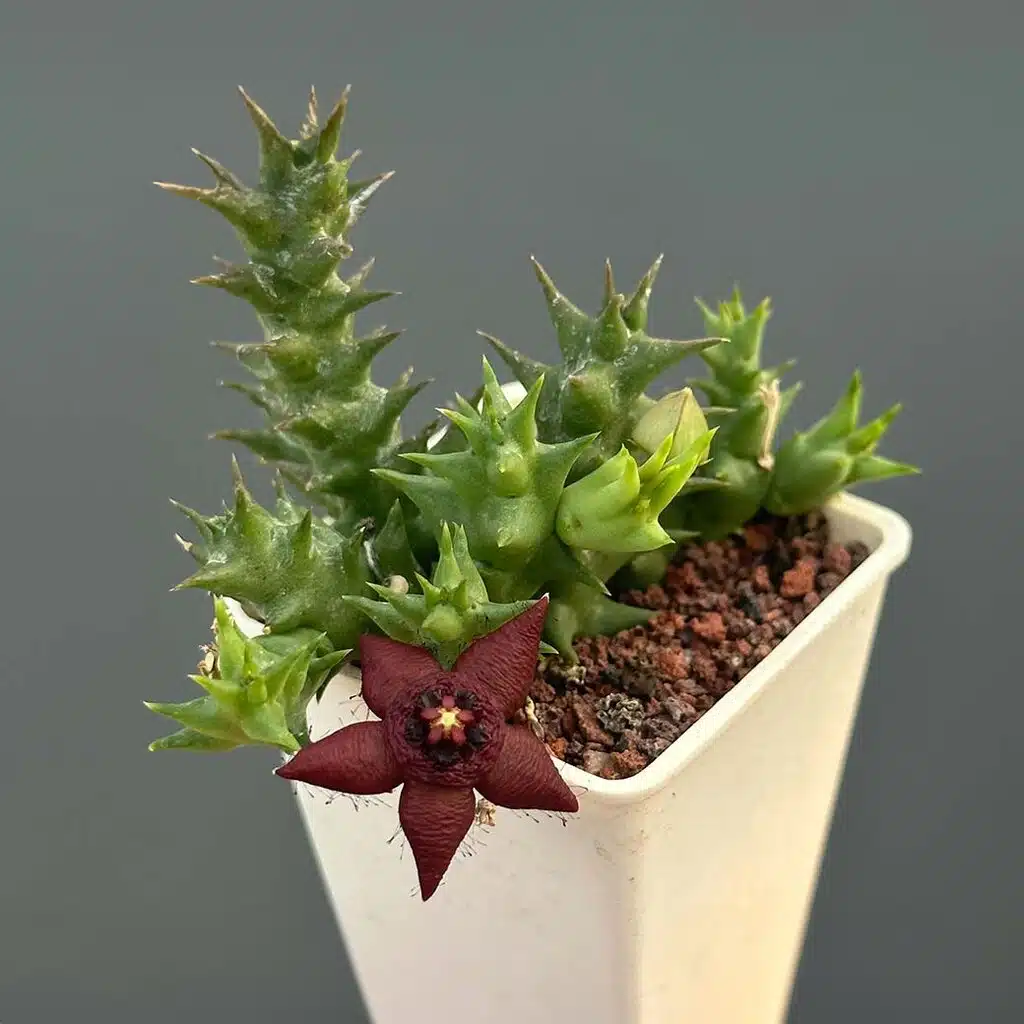
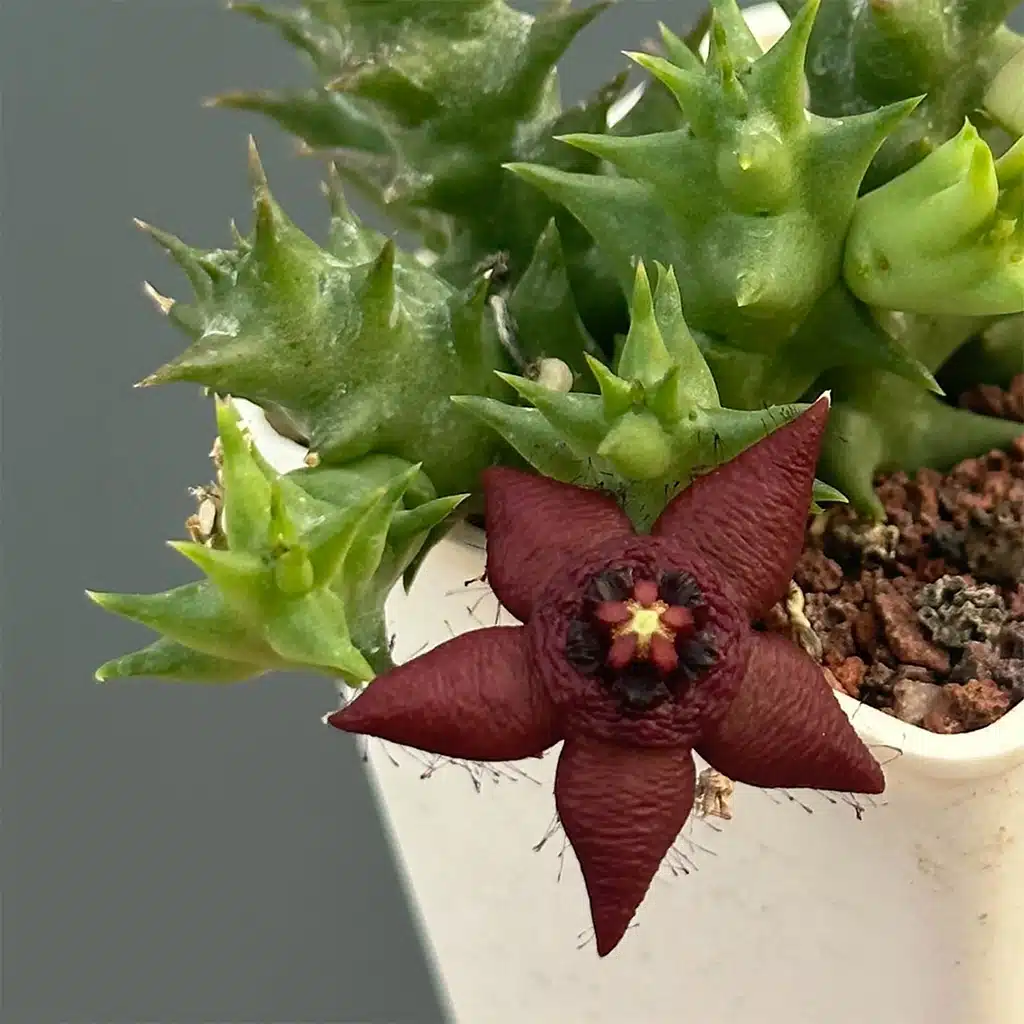


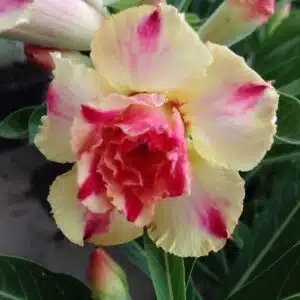
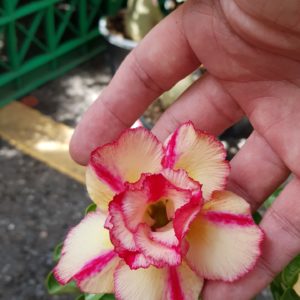
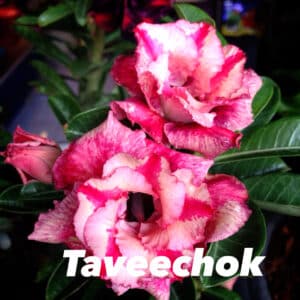
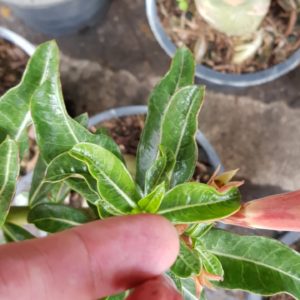
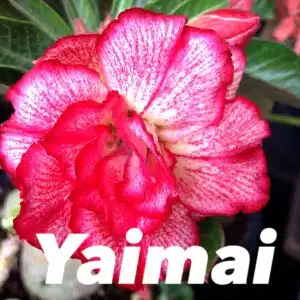
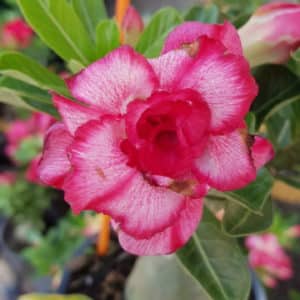

There are no reviews yet.